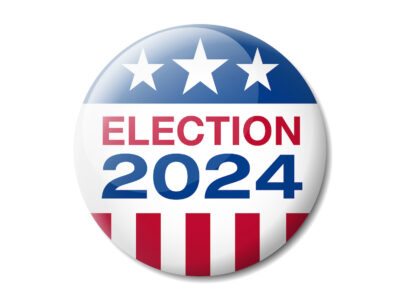4 degrees warming here we come!

With the Durban COP17 negotiations concluded, there seem to be two lines of thought in the environmental community:
- Wow, that was better than expected.
- Our climate is really screwed.
In this case, I think both (1) and (2) can be simultaneously true. For some summaries of what went down at Durban, check out CleanTechnica, Climate Progress, and the Guardian.
Why better than expected? Well, we do get an agreement to agree to “a protocol, a legal instrument or an agreed outcome with legal force” by 2015, with a five-year ratification period after that. And in the meantime, the EU committed to another round of emissions reduction under the Kyoto Protocol. Most people went into Durban expecting the end of the Kyoto Protocol and no agreement on future action. It’s all relative.
Why are we screwed? Let’s start with the phrase “agreed outcome with legal force.” What does that mean? Anyone, anyone . . . Bueller . . .? I can tell you what it does not mean: a “legally binding” agreement. We could get to something that looks like a legally binding agreement to reduce emission, but that is far from guaranteed at this point. And didn’t we “agree to agree” in Bali in 2007, just to see talks collapse in Copenhagen in 2009?
Then there is the time frame. 2020 is likely the earliest that we get real action towards reducing GHG emissions. The International Energy Agency predicts we will hit the point of no return for 2 degree C warming—450 ppm of CO2 in the atmosphere— in 2017. While delegates in Durban may have claimed to be limiting warming to 2 degrees C, or more optimistically, 1.5 degrees, the reality is that 2 degrees warming is all but inevitable.

But what about that Kyoto Protocol? The EU is around 14% of total world emissions and falling. Countries under the Kyoto Protocol did manage to meet their goal of 8% below 1990 levels (thanks, Lehman Brothers!). The problem is, this is too little a reduction, by too few of the world’s major emitters, over too long a time frame. The Kyoto Protocol is better than every other option only because no other options exist. We will not see real progress until we get the G20 nations (comprising ~ 80% of worldwide emisssions) to seriously commit to emission reductions. If the G20 stall until 2020, 4 degrees C of warming will likely be the minimum seen by our children and our children’s children.








Reader Comments